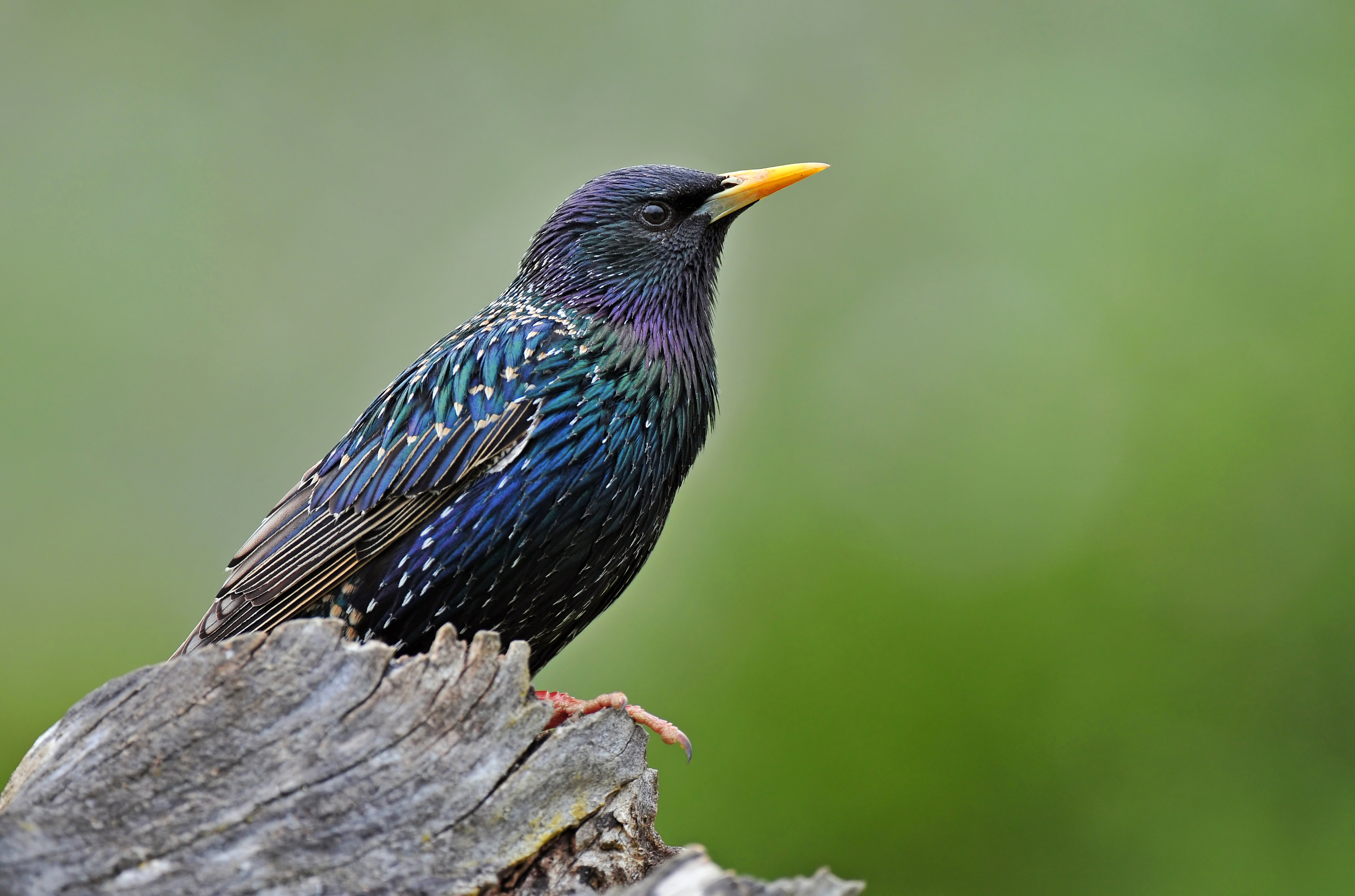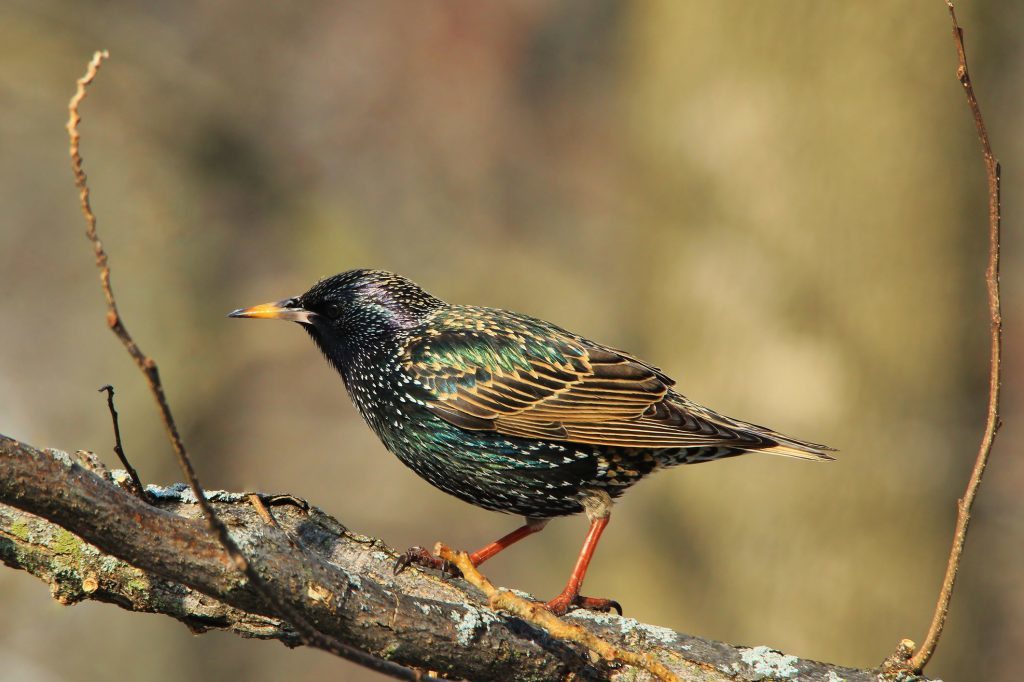A pair of love birds have moved into our house – starlings no less – and I have been watching their courtship behaviour with increasing fascination.
Starlings tend to be taken for granted because of our familiarity with them, but of all our birds, they are one of my favourites. They are such social creatures and attractive with it, for in spring their plumage takes on a wonderful iridescence that just glitters in the sun.
They are chatterboxes too and love the company of their own kind. One can only imagine that a lone starling would be a rather miserable starling.
My pair of starlings certainly seem obsessed with each other and they spend much of their time perching on rooftops or nearby trees, engaging in a wonderful range of calls including whistles, bubbles and clicks. Oh, what happy birds. And as is the case every year, they have been eyeing up a nest hole under the eaves of our house.
But they’ve taken this whole relationship thing one step further. One evening I watched one of the birds zoom into the nesting hole, only to be closely followed by the other. I waited and waited, but darkness fell and neither bird came out. They were spending the night together!
I can only surmise why this should be so. One reason could certainly be to help strengthen the pair bond, but as the female had yet to lay her eggs, I reckon there is every chance that they would also be putting their time to good use by mating frequently throughout the night. In effect, our house had become their den of passion.
It’s a nice thought and the female starling certainly has found herself a comfortable boudoir in the cosy confines of our attic.
Marsh marigolds, or kingcups, are looking resplendent at the moment by our riversides and ditches, and there can few other wildflowers that match their brassiness. Their brilliant yellow flowers reach up to a couple of inches in diameter, although those growing by mountain burns tend to be smaller due to cooler temperatures and stronger winds. Last spring I did a double-take when I found marsh marigolds high in the Cairngorms, the flowers being so unusually small that I was at first unsure of what plant it was.
In Ireland, the marsh marigold is dubbed the May-flower where it formerly featured in May Day rituals to keep evil spirits at bay. It is a tough plant and can even flower underwater.
Another wayside plant catching my eye is greater stitchwort, with its delightful small frilly white flowers. An old country name for stitchwort is “poor-man’s buttonhole”. Why so, I’m not sure. Perhaps it is because the flower quickly wilts once picked, rather than down to any aspersion of its beauty. Indeed, the 19th century writer Richard Jeffries eulogised about stitchwort as being “white stars among the grass with petals delicately white in a whorl of rays”.











